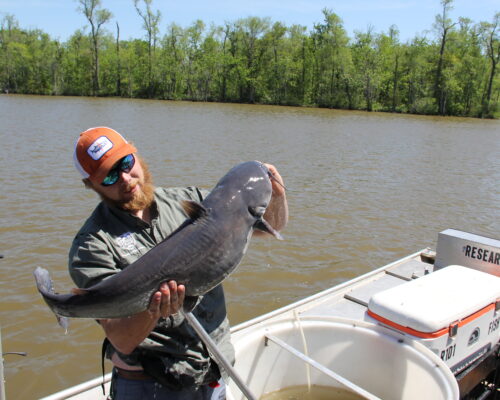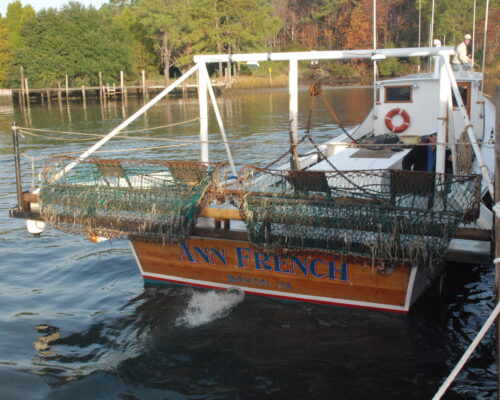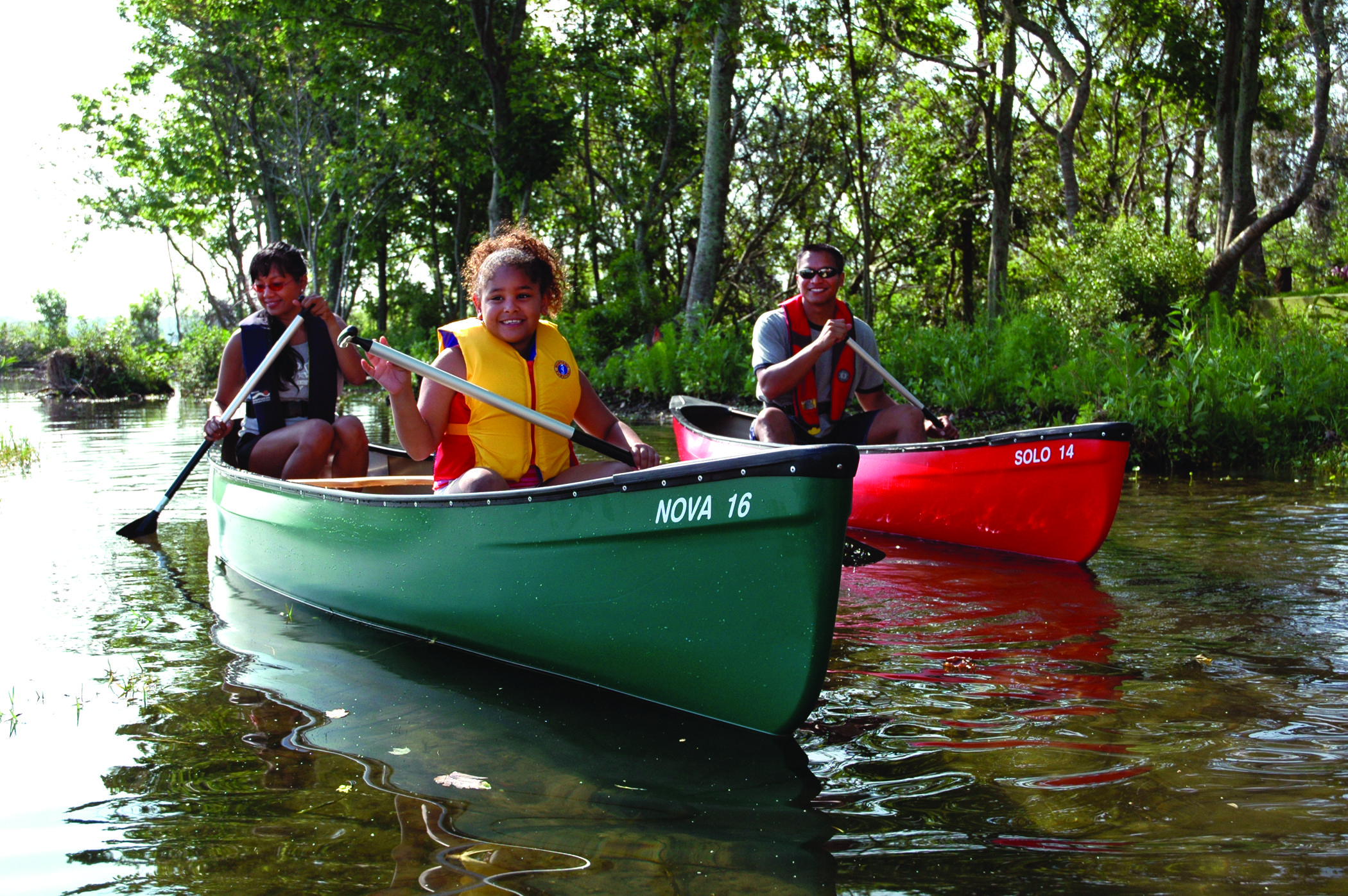A bunch of years ago, when I was running school field trips every day with a Chesapeake Bay Foundation canoe fleet, I found that I could catch an interesting variety of fish for the students and their teachers by dropping a cast net into deep holes in the creeks we explored. It was in the fall, with surface waters cooling above warmer water at the bottom. Funniest thing, when trips started back up in the spring, the net came up empty in those same holes. Instead, the fish were up on shallow mud flats with southern exposure. Those were the warmest places in the creeks.
Water has a high specific heat, a technical measure of how much heat energy a substance must absorb to change temperature. Simple answer—it takes a lot. A large volume of water changes temperature more slowly than a smaller one. That rule holds true for everything from oceans with continental shelves to creeks with deep holes and mud flats, and it drives the behavior of the critters that live in them—especially when the seasons are changing.
The sun’s strengthening rays allow microscopic single-celled phytoplankton to begin photosynthesis, converting solar energy into sugars to run their cell processes. As they bloom (increase), they feed growing numbers of the copepods, tiny, shrimp-like crustaceans that are the most numerous animals in the Chesapeake ecosystem. The copepods are barely large enough to see with the naked eye if caught in a small, fine-mesh plankton net. They, in turn, feed the first of the adult menhaden that make their way into the warmth of the Bay from their colder Atlantic wintering grounds.
One time, during a sunny springtime skiff trip with some friends on the Mattaponi River, we watched an electro-shocking crew from the Virginia Department of Game & Inland Fisheries (VDGIF) survey about-to-spawn rockfish. The biologists sought out south-facing coves with dark mud bottoms, and sure enough, up popped big stripers that had gone in there to raise their body temperatures and thus their energy levels. It was remarkable to watch 30-pound fish come up to lie stunned on the surface of that little cove where the VDGIF crew could gently net, measure, weigh and take scale samples, and then turn them loose to go about their reproductive imperative.
These were coastal migrants, adult rock that would spend the summer in New England. The shallow cove was just right to provide the energy for the spawning effort. The powerful springtime current in the adjacent deep reach of the Mattaponi was perfect for keeping their fertilized eggs suspended where they could hatch and the fry begin to grow, feeding at first on phytoplankton and then, as they grew, on clouds of copepods.
At this season, plenty of other cold-blooded Bay critters are responding to the effects of southern exposure. The croakers swim in from the Atlantic’s continental shelf to forage the shallows in lower Bay rivers like the Nansemond. Crabs head to the greening eelgrass meadows of Tangier Sound. River herring travel around the Susquehanna Flats into the North East River, and bull minnows (killifish) soak up sunlight on virtually every mud flat in every creek and river in between. Northern water snakes seek out patches of sunlight in the high marshes. Even tiny aquatic worms and snails begin moving around the shallows.
The Bay’s warm-blooded animals also get into the act, feeding as heavily as possible after winter’s lean season. Great blue herons, getting ready to breed and nest, stalk the bull minnows as do the river otters. Ospreys, newly returned from their other summers in Central and South America, dive on any herring and white perch they can find. Migratory spotted sandpipers and greater yellowlegs forage creek mud flats for snails. And yes, those big rockfish, finished with spawning in rivers from the James and the Mattaponi to the Susquehanna, happily chase down everything from white perch and herring to menhaden as they build energy for their northward migration.
This month, as Earth’s Northern Hemisphere tilts closer to the sun, the great solar engine that powers the emerging leaves of our trees, shrubs, fields, and underwater grass meadows is also raising the temperatures of soils and waterways, all the critters that dwell therein, and our spirits. Welcome, Spring, back to the Chesapeake!




